Here is your guide to all of the UNESCO sites in Bulgaria – and why you should visit each of them.

Bulgaria is quickly becoming a growing tourist destination in Eastern Europe. This Balkan nation has a very diverse terrain. From the coasts of the Black Sea to the large mountains and rivers of the country’s interior, the geological diversity is impressive. Even the famous Danube river crosses the country!
Because of its key location in one of the busiest trading routes throughout history, Bulgaria has been a crossroads of different people, cultures, and traditions. From Greeks and Romans to Slavic, Ottoman, and Persian, the cultural fabric of Bulgaria is as diverse as they come. The rich history and culture of the country are still alive and well today, especially in its people, food, dance, music, and folklore. In addition, the actual physical and natural heritage of the country is absolutely priceless.
In addition, the country is home to some incredibly enticing historical and cultural landmarks, each holding significance on a local and global level alike. Anything goes from timeless ancient forests down to cities that feel like time capsules from the past!
Keep reading to learn more about some of the amazing UNESCO sites in Bulgaria and why you should consider visiting them and this beautiful country.
Skip Ahead To My Advice Here!
Rila Monastery
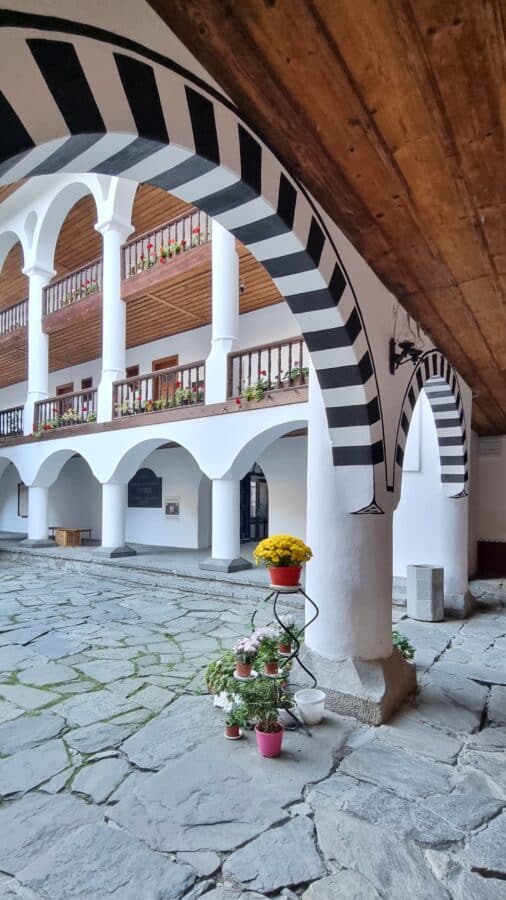
This is an Eastern Orthodox monastic complex, which is stunning. Nestled in the scenic Rica Mountains, this facility continues to rank among Bulgaria’s top tourist attractions. However, this isn’t just a tourist hub. Monks are still inhabiting the monastery, which is still active as a vital religious institution in the country. Since its early days in the 10th century, this monastery has been widely regarded as one of Bulgaria’s most relevant and essential pieces of history, culture, and even ecclesiastical architecture.
Ancient And Primeval Beech Forests Of The Carpathians And Other Regions Of Europe
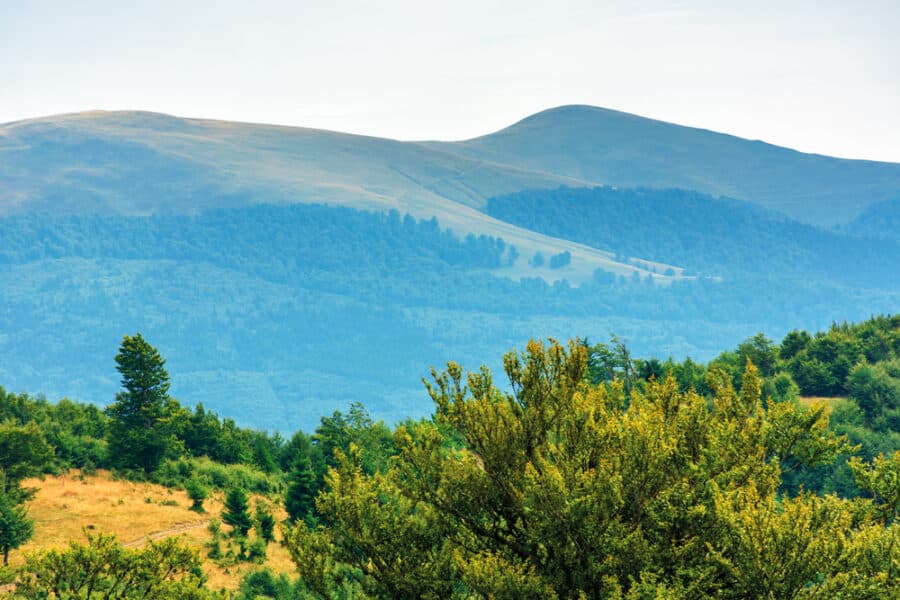
Eastern Europe is particularly well-known for its vast and ancient forests. These days, they’re considered among the most critical wildlife havens on the continent and are incredibly important to local flora and fauna. Bulgaria is home to a mesmerizing primeval beech tree forest, which feels like a place lost in time.
Brands We Use And Trust
Ancient City Of Nessebar
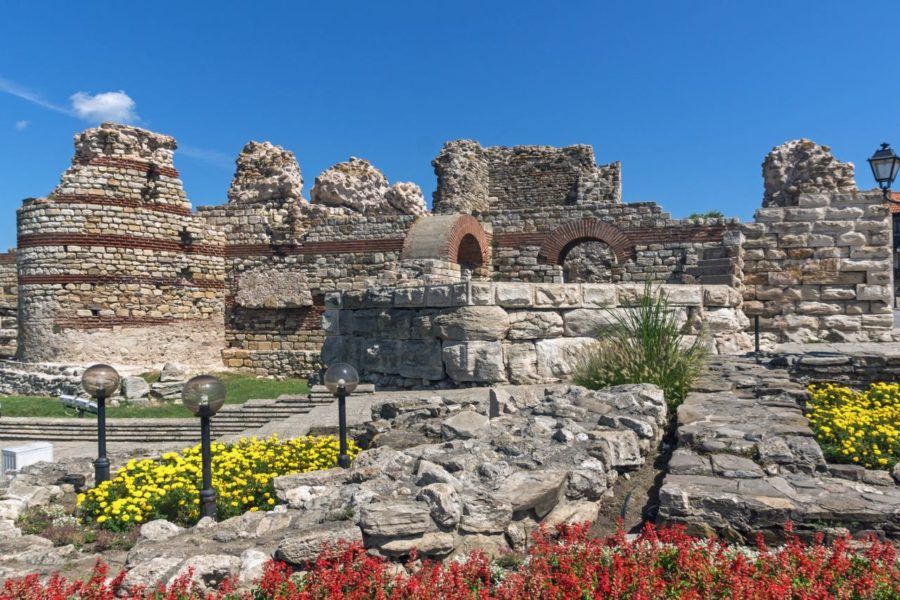
This ancient city is one of the major seaside resorts in Bulgaria, and to this day, it is one of the country’s main tourist attractions. That said, people aren’t just coming here to admire the pretty seaside and revel in the nice weather. Nessebar is also home to an ancient city, which is a testament to the wide cultural variety that fueled Bulgaria’s identity. Nessebar still holds traces of various civilizations that inhabit it over time due to its strategically valuable location near the Black Sea.
Boyana Church
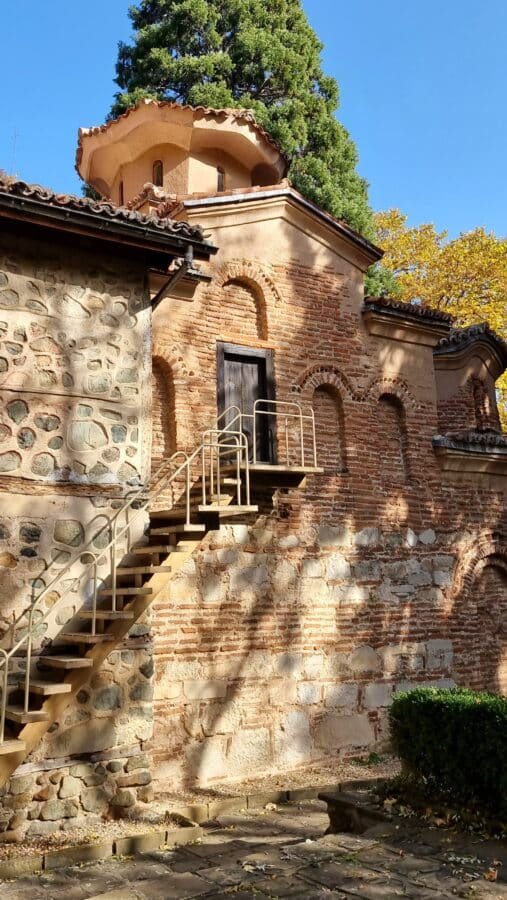
This church dates back to the middle ages and is located just outside the central area of Sofia, the country’s capital city, which dates back to the 5th century. Adorned with Orthodox iconography, this stunning church has earned its place among other local landmarks in the UNESCO World Heritage Sites in Bulgaria list, which was first featured in 1979. The church is ambitious and elaborate, and it took many centuries to complete it. Construction began in the 10th century, and the church was finalized in the 19th century, counting hundreds of years of dedication to the project. From its foundation to its tiniest details, the church is truly magical and worth experiencing.
Madara Rider
Located in the village of Madara, this rock relief is one of the most iconic landmarks in Bulgaria. It’s hard to date this monument specifically, but it appears it originates from the 7th or 8th century. At the time, Bulgaria was ruled by Khan Tervel, who was the first foreigner to receive the title of “Caesar,” which was given to him by Justinian II, the former Byzantine Emperor.
Pirin National Park
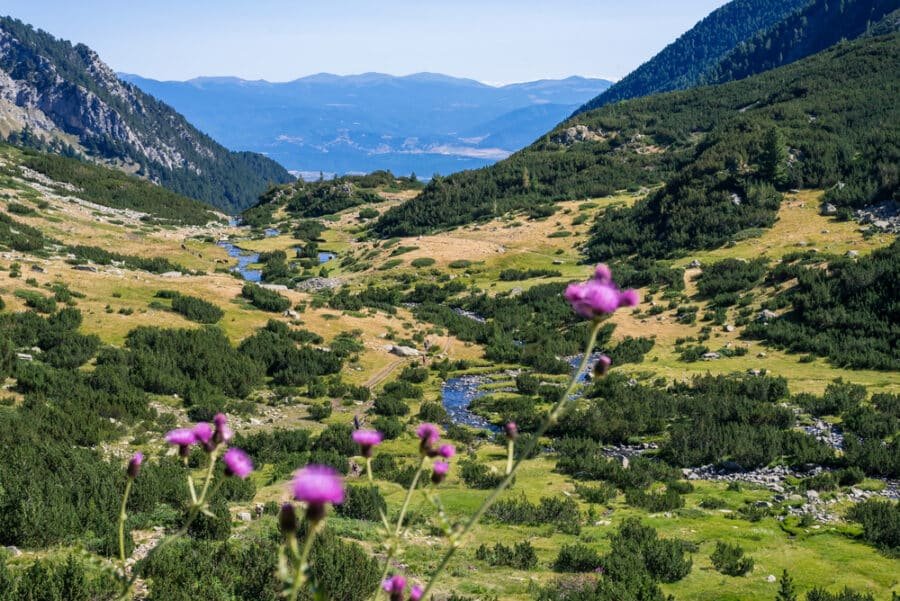
This is one of the most stunning and sought-after national parks in all of Eastern Europe. It always provides an incredible experience, not only due to its immersive and beautiful nature but also because of its biodiversity. The park was first established in the early 60s, but it continued to expand, becoming one of Bulgaria’s three most prominent national parks. The park notably features Vihren, Bulgaria’s second-highest summit. In addition, Pirin is home to the oldest tree in Bulgaria. This is a stunning pine, which according to scientists and historians, is about 1300 years old. Known as Baikeshev’s pine, this tree has seen a lot and survived so many eras! Most notably, this nature preserve is home to a beautiful lake, which also happens to be one of the core features of this world heritage site. The lake is critical, enabling local flora and fauna to survive and thrive.
Rock-Hewn Churches Of Ivanovo
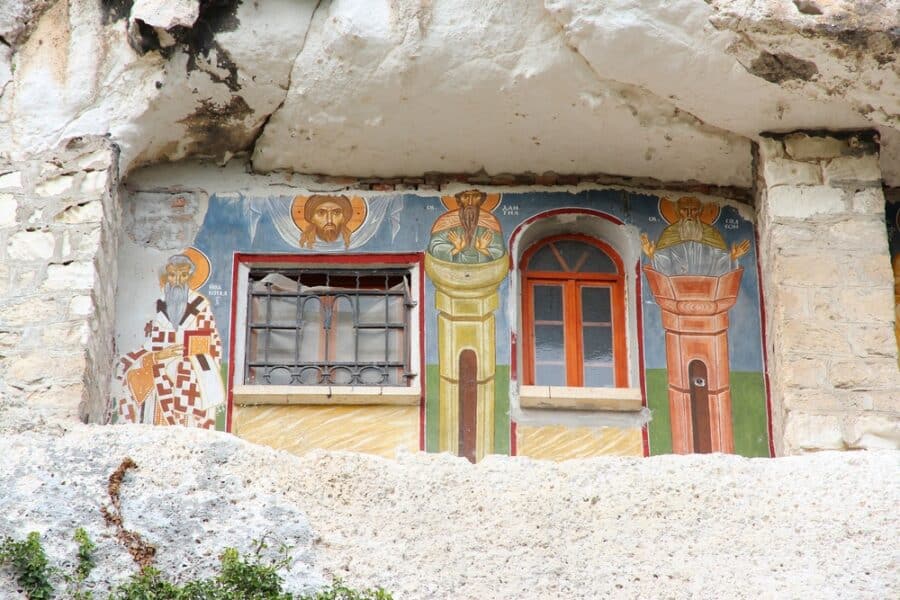
The Churches of Ivanovo are monolithic structures that are incredibly old, to the point that their exact origins aren’t exactly clear. What is known is that these solid rock churches have been inhabited at least since the 1220s and continued to morph the structures according to their needs. Eventually, this monolithic complex became huge, featuring over 40 churches, as well as chapels, cells, and rooms. The surviving churches appear to be only a small fraction of what was originally there, with experts estimating the presence of well over 300 churches and other spaces.
Srebarna Nature Reserve
This is an absolutely fantastic place for people who love to explore nature. Srebarna Nature Reserve offers a rich look into Bulgaria’s rich biodiversity and precious insight into some of Eastern Europe’s most incredible flora and fauna. This is a quintessential natural landmark and, unsurprisingly, a UNESCO World Heritage Site.
Thracian Tomb Of Kazanlak
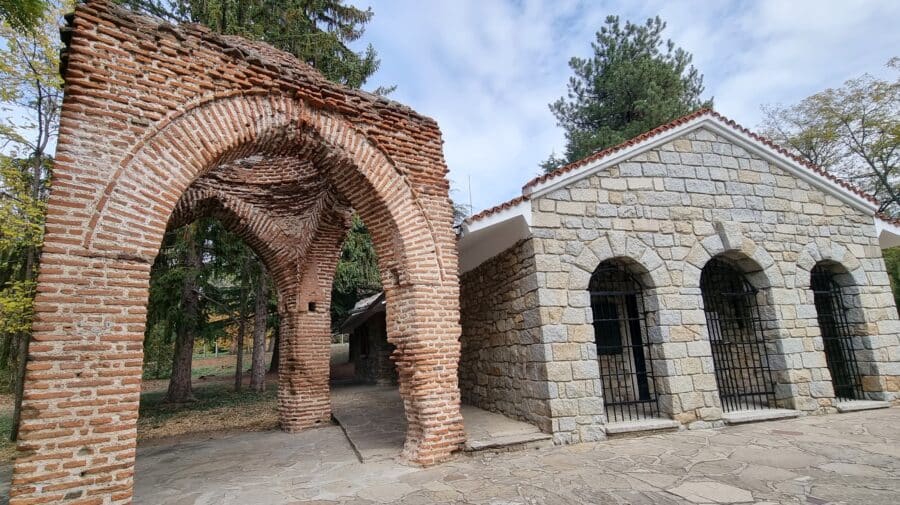
This ancient Thracian tomb is known worldwide for its distinctive beehive/honeycomb shape. It is a rather one-of-a-kind tomb, and it is actually only a small portion of a massive necropolis, which was incredibly sacred and vital among the Thracians. Today, it is possible to access the majestic burial chamber by walking down a narrow corridor and reveling in the beauty of this majestic UNESCO world heritage site, which dates back to at least the 4th century BCE.
Move This Adventure To Your Inbox & Get An Instant Freebie

No spam. Unsubscribe at any time.
Thracian Tomb Of Sveshtari
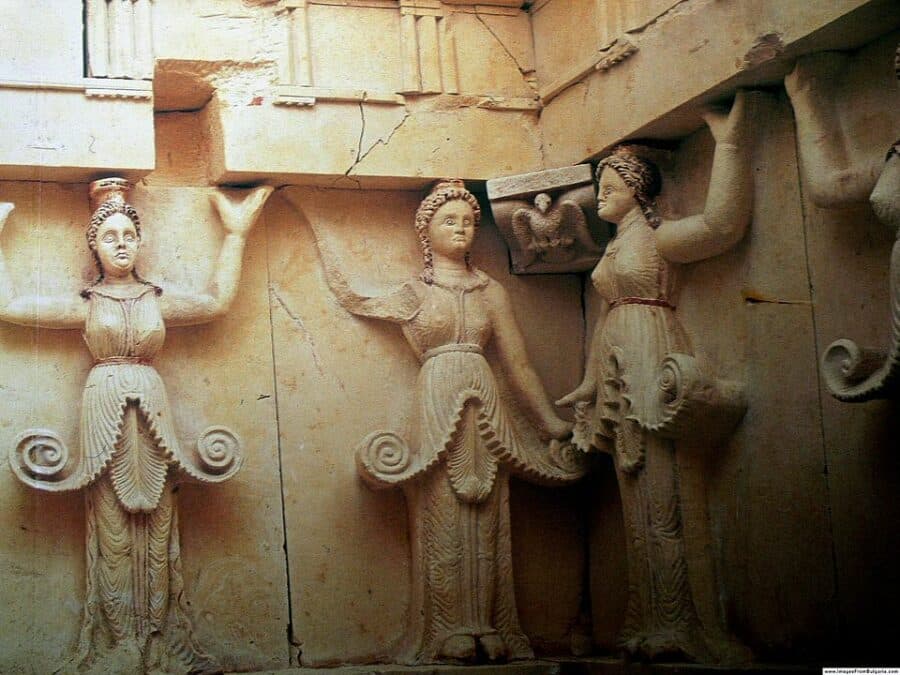
This site was featured in the list of Bulgarian UNESCO World Heritage Sites list in 1985. It is a fascinating remnant of the Thracian culture, which was predominant in Bulgaria for several centuries.
To conclude, these fascinating UNESCO sites are only some of the many destinations that you should consider visiting when planning your trip to Bulgaria. This stunning country has a lot to offer – not only in terms of culture and history but also in terms of natural beauty, exciting cities, friendly people, and so much more. Bulgaria will surprise you and amaze you with its incredible wealth of things to do and experience when you visit.

